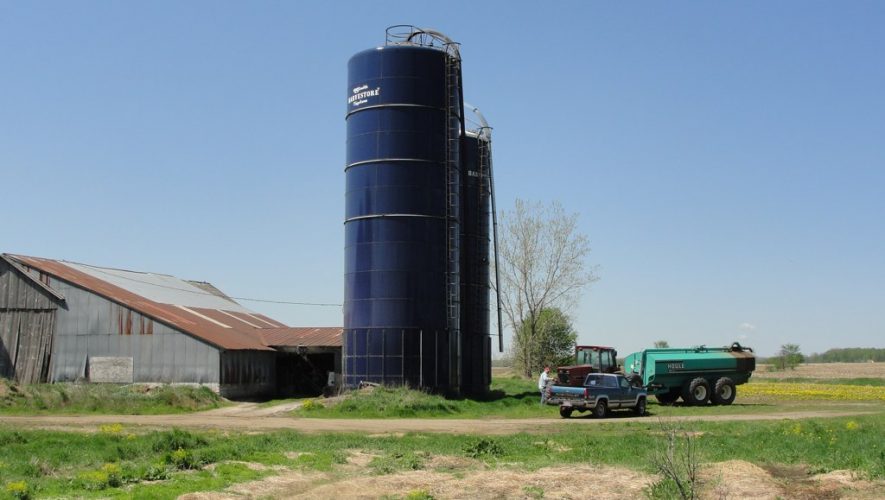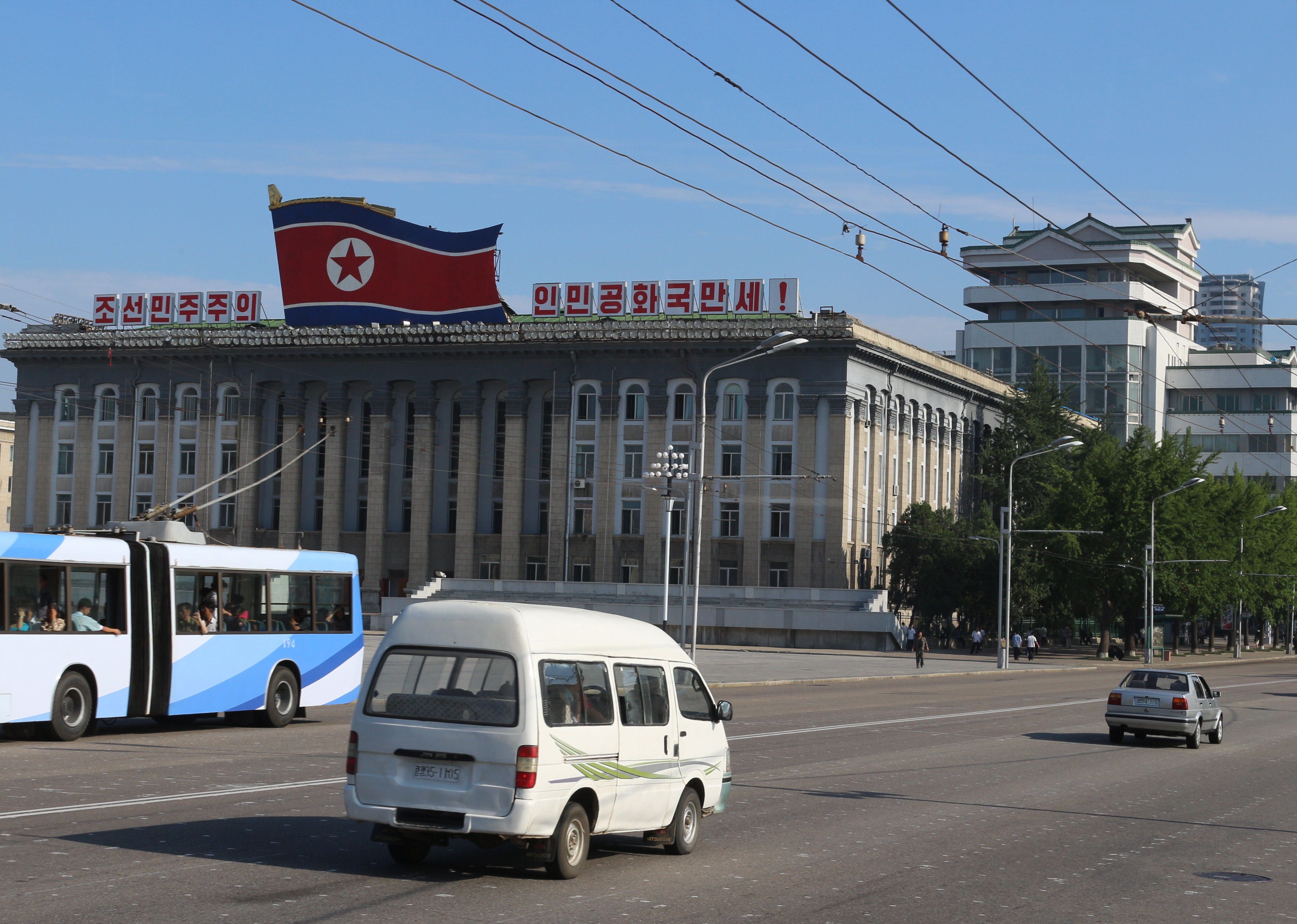As America heads into another presidential election, trade relations with China continue to be a complicated issue. Just recently, Chinese officials canceled planned visits with US farmers in Montana and Nebraska. This was a surprise, as the White House had announced hours prior that they would temporarily spare more than 400 Chinese products from tariffs. Contradictions like these have been commonplace, with a key White House advisor claiming that there could be additional pressure on China if a trade deal was not agreed upon soon. The negative impact on global markets and the entire US economy is well documented. Without the trade war, the world economy’s growth would have been closer to 3.5 percent, rather than the current estimate of 2.6 percent. It seems necessary, however, to focus on the sector of the economy that has been hit the hardest, agriculture, and the choices those in the industry face heading into 2020.
Agriculture constitutes approximately 1 percent of America’s GDP, or $132 billion. This may seem like a relatively small sample size to examine the impacts of the trade war, but it is this sector that most strongly feels its effects. When imposing tariffs, nations tend to target politically sensitive goods, knowing this may encourage a politically vulnerable leader to bend to their will. In this case, China has targeted agriculture, as farmers constitute part of President Trump’s rural base and produce valuable American exports. China is the fourth largest market for American agricultural exports, and the leading consumer of soybeans, cotton, pork, and coarse grains such as corn. This makes the producers of these goods especially vulnerable to Chinese retaliatory tariffs. US government data suggests that soybean exports have reached their lowest levels in the January-June period since 2002. As farmers’ income tends to depend on profits from sold produce, a drop in exports in one of their largest markets endangers their livelihood.
According to Davie Stephens, president of the American Soybean Association, “unsold soybean supplies are expected to double before harvest begins in September, further depressing prices and forcing older farmers to consider retiring early to protect their equity and younger ones to look for other careers.” Clearly, the trade war with China is taking a toll on American farmers. Without the Chinese purchasing $14 billion worth of soybeans annually, these farmers will be looking at a loss of income and possibly be forced to take on debt. In fact, Secretary of Agriculture Sonny Perdue said that “farm debt has been rising more rapidly over the last five years, increasing by 30 percent since 2013.” Farm bankruptcy filings were also up 13 percent from 2018, suggesting farmers may be getting desperate.
It doesn’t help that the bailout system designed to aid farmers through these tough times is failing too. On September 19, the House approved a resolution, by a vote of 301-123, that included a provision to continue aid to farmers. This will allow the US Department of Agriculture (USDA) to continue funding beyond its legal limits, as the Trump administration has given so much money to farmers that they were nearing the legal ceiling. It may be slightly ironic that a Democratic House majority is bailing out the bailout program initiated by a Republican president for troubled farmers.
The program itself has been described by farmers as a mere “bandage” that only leads to further dependence on government money. The Trump administration has invested $28 billion in aid so far, which has been a combination of two rounds of trade relief coupled with the farm subsidy program. Even with the highest amount of aid since 2005, farmers’ losses aren’t being covered adequately. According to a study conducted by Iowa State University, farmers in Iowa received $973 million in direct payments, insufficient for a period in which the trade war cost them $1.7 billion. If that wasn’t bad enough, the nonprofit Environmental Working Group (EWG) found that 54 percent of the $8.4 billion given out in last year’s bailout went to the top one-tenth of earners. EWG’s analysis further found that on average, the top one percent received at least $170,000 more than the bottom 80 percent. The study shows inherent disadvantages for smaller farmers and indicates part of the reason why they may be in overwhelming debt. It may be true that larger farmers are hit harder due to sheer crop output; however, the systematic disadvantages in receiving aid are likely to be contributing to further hardships for the majority of smaller farmers.
For the time being though, that same majority of small farmers seem to be rallying behind the President. A survey of 1,153 farmers in August 2019 showed 71 percent of them approved of the job the President was doing. This seems high considering the brunt of the damage caused by Trump’s trade war has been inflicted on farmers. While an overwhelming majority continue to support the President, the overall level of support is dwindling. Presidential job approval among farmers decreased 8 percent from July to August of this year, suggesting that farmers are gradually moving away from the President. While they appreciate the work the President is doing to address unfair trade practices conducted by China, the possibilities of debt and loss of livelihood are becoming more of a reality than ever before. Reality trumps the promises of relief that have been made. Frustrations are at a boiling point as the President continues to send the wrong signals to farmers—even tweeting rather frequently that “farmers are starting to do great again.” Now, more than ever, farmers are facing the choice of persevering with the President or hoping he is ousted from office for a more favorable candidate who will not sacrifice farmers for a “greater” cause.
Trouble isn’t brewing just for farmers. Manufacturers who provide the equipment necessary for farmers are facing troubling times too. Deere & Company, a maker of agricultural equipment, said they were expecting further cuts in profit this year. The reason for such forecasts has been attributed to farmers delaying purchases due to concerns about access to export markets. As a result, the company is already facing declining sales and higher levels of unsold inventory. In the Midwest alone, dozens of dealers of Deere’s agricultural equipment claim that sales were down anywhere between 15 to 50 percent. These trends are worrying for manufacturers, as their profits depend on sales to farmers. Previous tariffs on steel and aluminum have already hurt manufacturers by inflating the cost of raw materials. This dynamic is in jeopardy the longer the trade war drags on. The Trump administration needs to realize that sacrificing the wellbeing of farmers with retaliatory tariffs puts the health of related industries in danger too.
The current system of providing aid is clearly unsustainable in terms of both ballooning farmer debts and funding limits. As the administration continues to test the resolve of the agricultural industry, there seems to be no possibility of winning this trade war. The farmers are losing financially while the Trump administration may face their wrath at the polls. Polls suggest that any waning of rural support could spell the end of Trump’s presidency, especially considering the poor results for Republicans in rural areas during the 2018 midterm elections.
So what are the potential ways farmers could be appeased? An immediate solution would be to provide alternative markets for farmers to do business. This process has already begun with Japan through the proposed US-Japan treaty. During the G7 summit, President Trump and Prime Minister Shinzo Abe announced that the deal had been agreed upon in principle. In this proposal, Tokyo agreed to buy excess US corn that was a byproduct of the trade war with China. Furthermore, this agreement would open up new markets in Japan to over $7 billion worth of American products, which would benefit beef, pork, and ethanol producers.
Realistically though, a $7 billion market will not cover the costs the trade war has racked up thus far. The emergence of substitutes to American products also adds to the rapidly increasing losses for domestic farmers. According to the USDA, Brazil is set to emerge as the largest producer of soybeans for China by 2020. Elsewhere, Canada’s share of Chinese imports of wheat has increased to above 60 percent. Substitutes such as these can potentially lead to permanent losses of markets, and statistics show that losing the Chinese market will wipe out many American farmers. It is thus in the interest of the US to either look for several alternative markets such as Japan, or risk losing exports by the millions.
Current export levels suggest that the largest US markets for agricultural products are in Canada, China, and Mexico. It is particularly interesting to consider that all three countries have been targets of the Trump administration’s tariffs. These markets will not be alternatives, since the US already has significant access to their markets. The US will be continuing current levels of tariff-free trade agreed upon in NAFTA (Mexico and Canada), with the only new provision being greater access for exports of dairy, poultry, and eggs to Canada’s market.
Another possibility would be the EU and Japan. Unfortunately for the US, the EU and Japan signed an agreement amongst themselves, which included the provision to “increase EU beef exports to Japan substantially,” and duty-free trade in processed meat. Having just signed an agreement, it seems unlikely that the EU or Japan would agree to open up their markets further for US agricultural products. Evidence of this would be Japan’s initial reluctance to agree to the terms indicated by the US. The very fact that the US and Japan agreed upon any deal showed a great deal of compromise on the Japanese end. With that in mind, it seems unlikely that Tokyo would be willing to compromise further.
Clearly, there aren’t any markets in the world that will amount to the Chinese market. The best case scenario would be to resume trade of agricultural products with China at the past level. With that seeming to be unlikely, there are only two possible options left. Both seem to hinge on the chance that President Trump either changes his strategy on trade or is ousted from office in 2020.
The first option would be for the Trump administration to decide to return to multilateral trade agreements. The Trans-Pacific Partnership (TPP) for example, would have added $4.4 billion to net farm income in the US each year. Although this seems small compared to the $23.8 billion Chinese market, several multilateral deals would make up for more than what would be agreed upon in a bilateral deal. Taking into account how long it takes for bilateral deals to come into effect, being able to involve more countries in the same space of time seems more efficient.
As this seems unlikely while President Trump is still in office, the other option is a Democratic win in 2020. While the outcome of the 2020 election is yet to be seen and President Trump does not seem to be changing course, it is safe to assume that farmers will continue to suffer under the President’s trade strategy. Similar to the fiasco-turned-deal called the USMCA, the President’s tariffs on Canadian and Mexican products led to retaliatory tariffs that at one point threatened American farmers in the same way his current strategy is doing with China. It seems that the only hope for farmers, now that the aid system seems to be at its limit, is to vote for a Democratic candidate in 2020. The only problem is that conventional wisdom suggests that the likelihood of that happening is wishful thinking. In that case, it would be in the farmers’ interest to at least show resistance to the administration by voting against them come 2020. It would be a form of protest—even if he were to be reelected—that firmly tells the President that the trade war must end as soon as possible.
The President’s decision to neglect farmers and expect them to silently accept aid and painful trade policies may backfire on him in 2020. Whether this happens or not depends solely on the patience of farmers to wait out the catastrophic effects of the trade war. If they do, that would be another victory for the President. He will have successfully pursued his ideological battle with China and proven to the world that America will not tolerate any perceived foul play, even at the expense of its own citizens. If farmers decide to stand up and rightly demand the end of this out-of-proportion dispute, they would be doing themselves a huge favor, and potentially put an end to a “war” neither side seems to be benefitting from.



